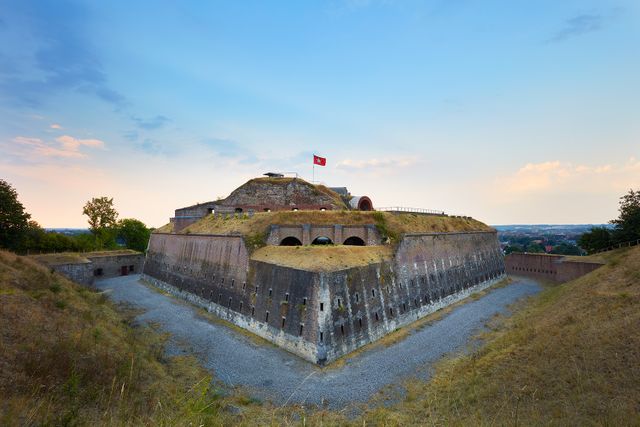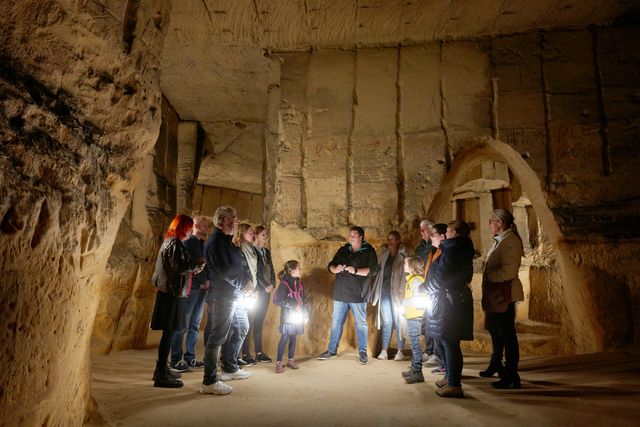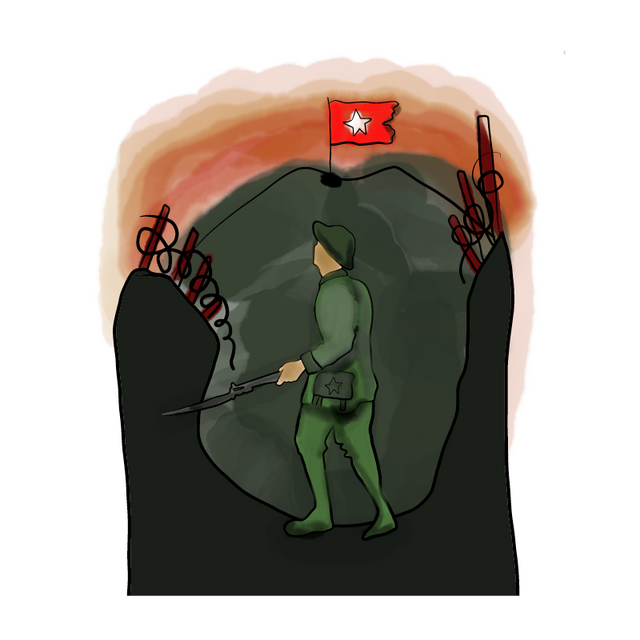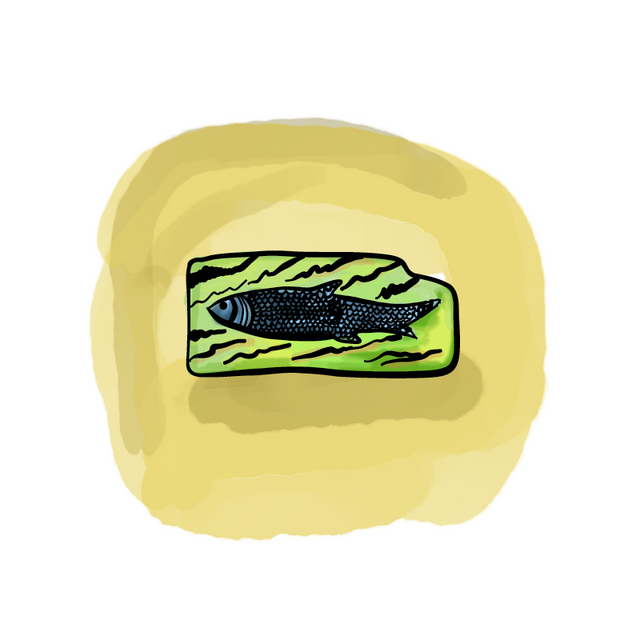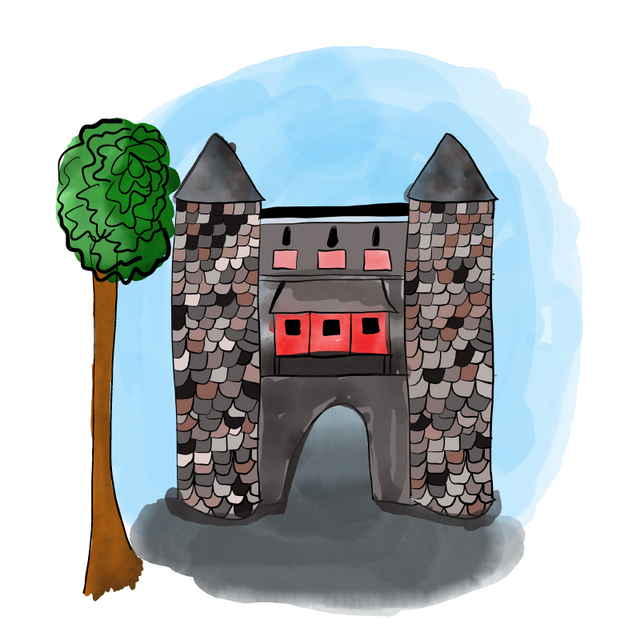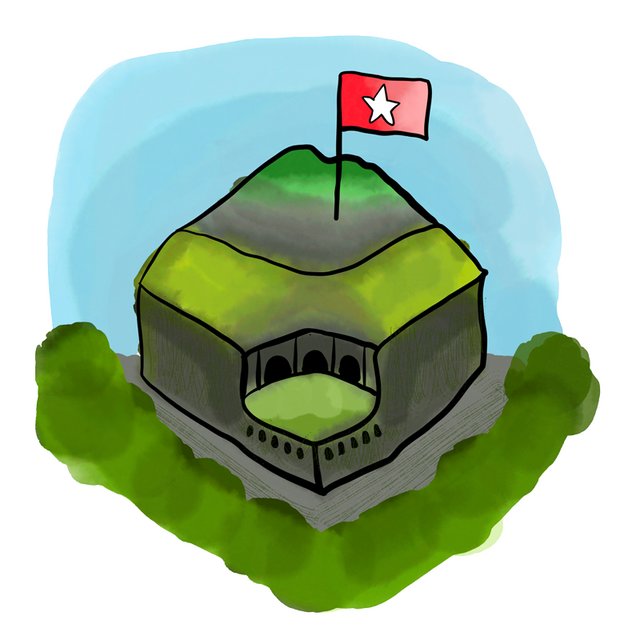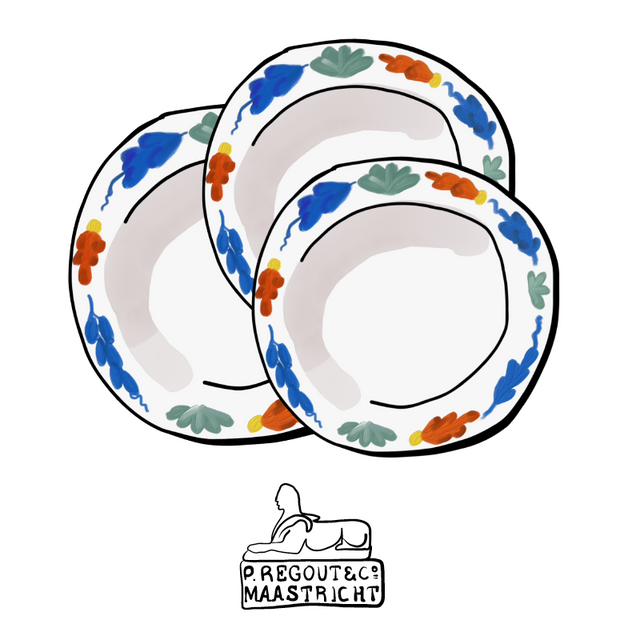Second World War
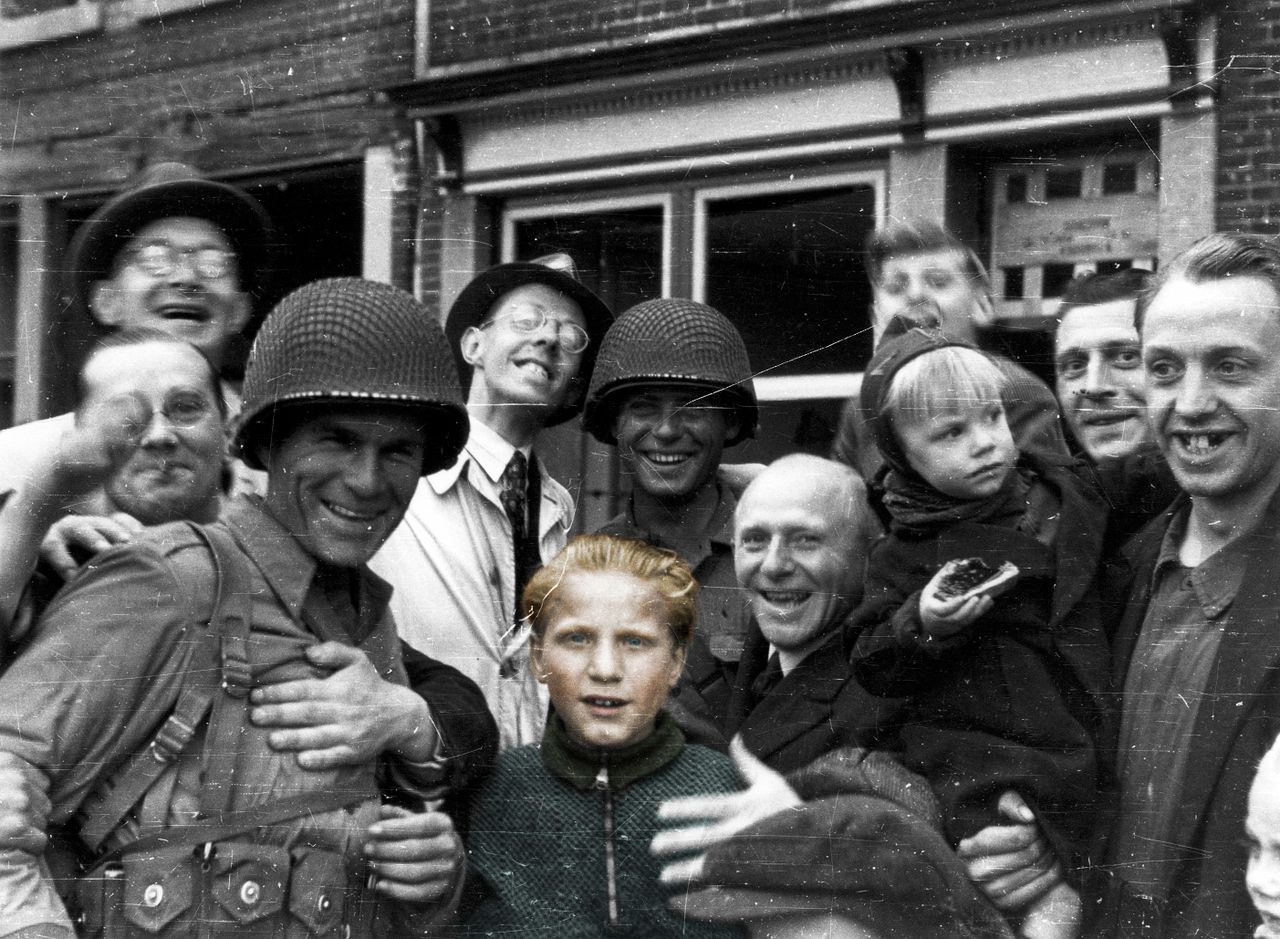
More than three hundred residents were deported from Maastricht during the Second World War and murdered by the Nazis. In the city, victims are commemorated with copper ‘Stolpersteine’ cobblestones engraved with their names and dates of death. The Stolpersteine have been laid in front of the buildings from which Jews, Sinti, Roma, and resistance fighters were deported.
As a young Jewish boy during the war, the famous Maastricht-born artist Appie Drielsma managed to survive by going into hiding. Drielsma gained worldwide fame with his war memorials, two of which are in his home town: the monument to Maastricht’s Jewish children and the ‘Old Hickory’ liberation monument near the provincial government building.
Historic city centre
As Maastricht was spared from heavy bombing during the occupation, its ancient inner city has been preserved. Nevertheless, the city’s residents suffered severely under occupation. If the air-raid siren sounded, they fled into the air-raid shelters. The underground ‘Kazematten’ bunkers and the caves of St Pietersberg hill also provided shelter.
Book a tour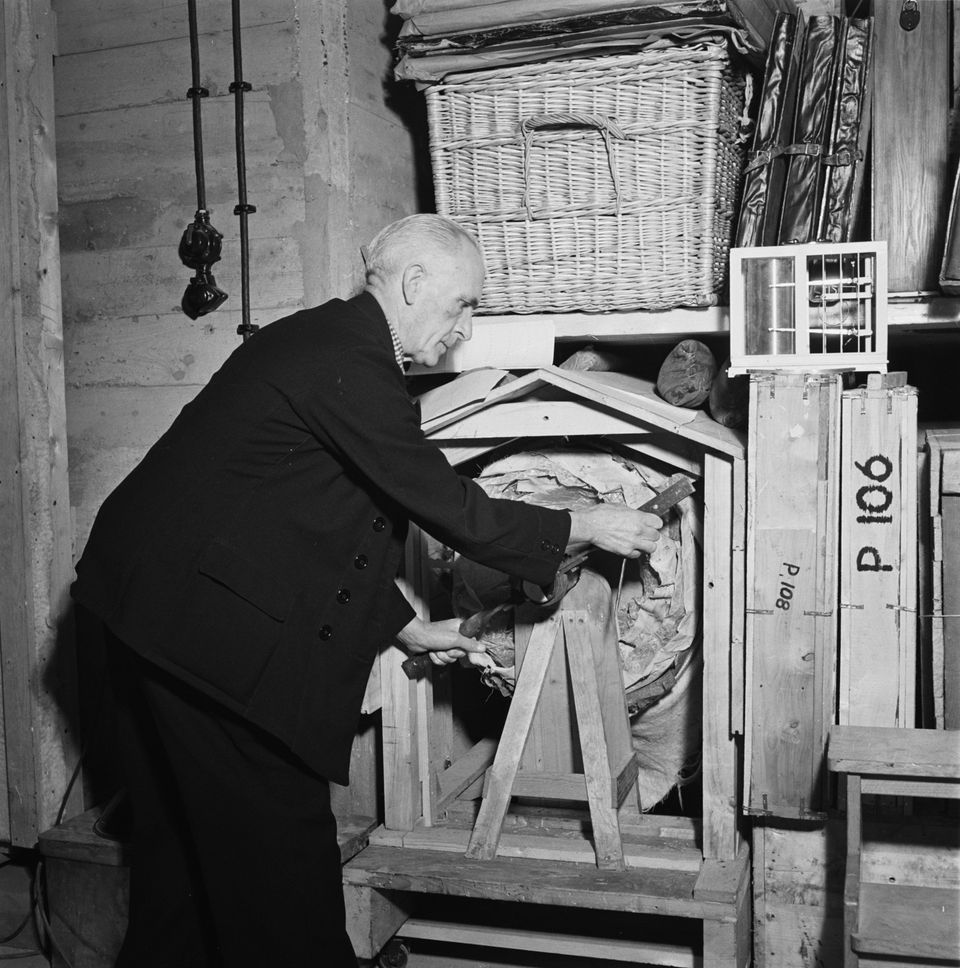

Limburg War Memorial
Three weeks before liberation, on what is known as ‘Zwarte Vrijdag’ (Black Friday), Maastricht took the hardest of hits. US bombers dropped explosives on the railway bridge to stop German troops from fleeing. However, the bombs missed their target and instead landed on two residential areas on the banks of the Meuse. This event left over a hundred dead and just as many wounded.
On Liberation Day, Maastricht commemorates all the victims at Charles Eyck’s Limburg War Memorial on Oranjeplein square along the ‘Groene Loper’ walking and cycling boulevard.
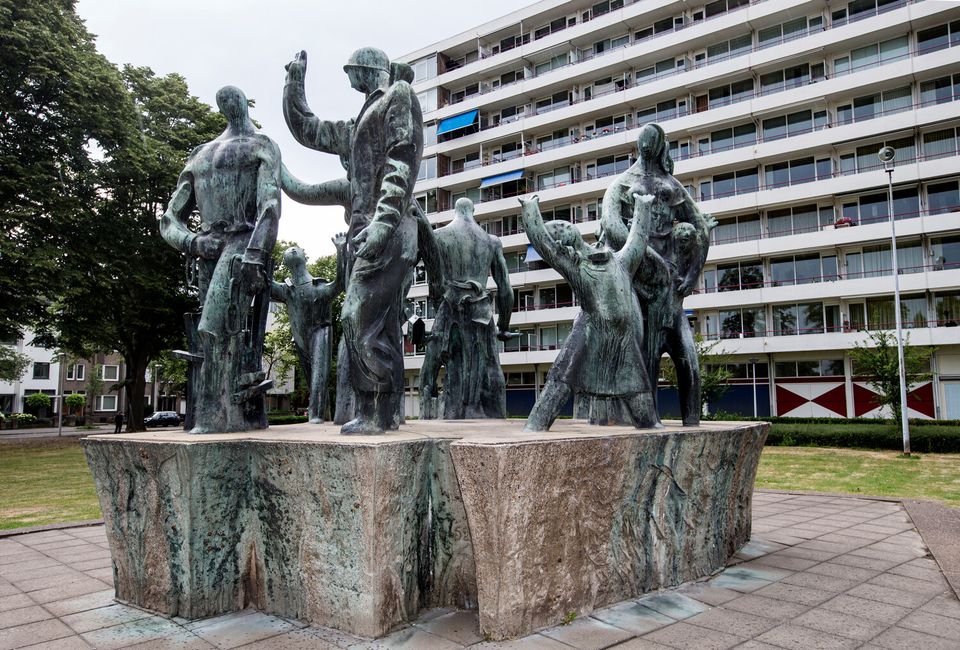
Discover Maastricht
From a long, long time ago to now - The timeline
-
LEADS YOU
LEADS YOU
A guide

-
BY BICYCLE
BY BICYCLE
A tour of discovery
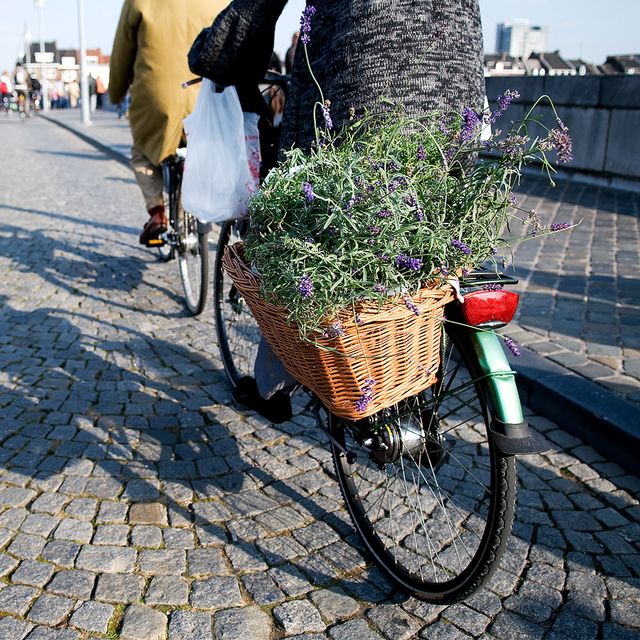
-
REGION?
REGION?
Are you already familiar with the

-
DRINK
DRINK
Food and


